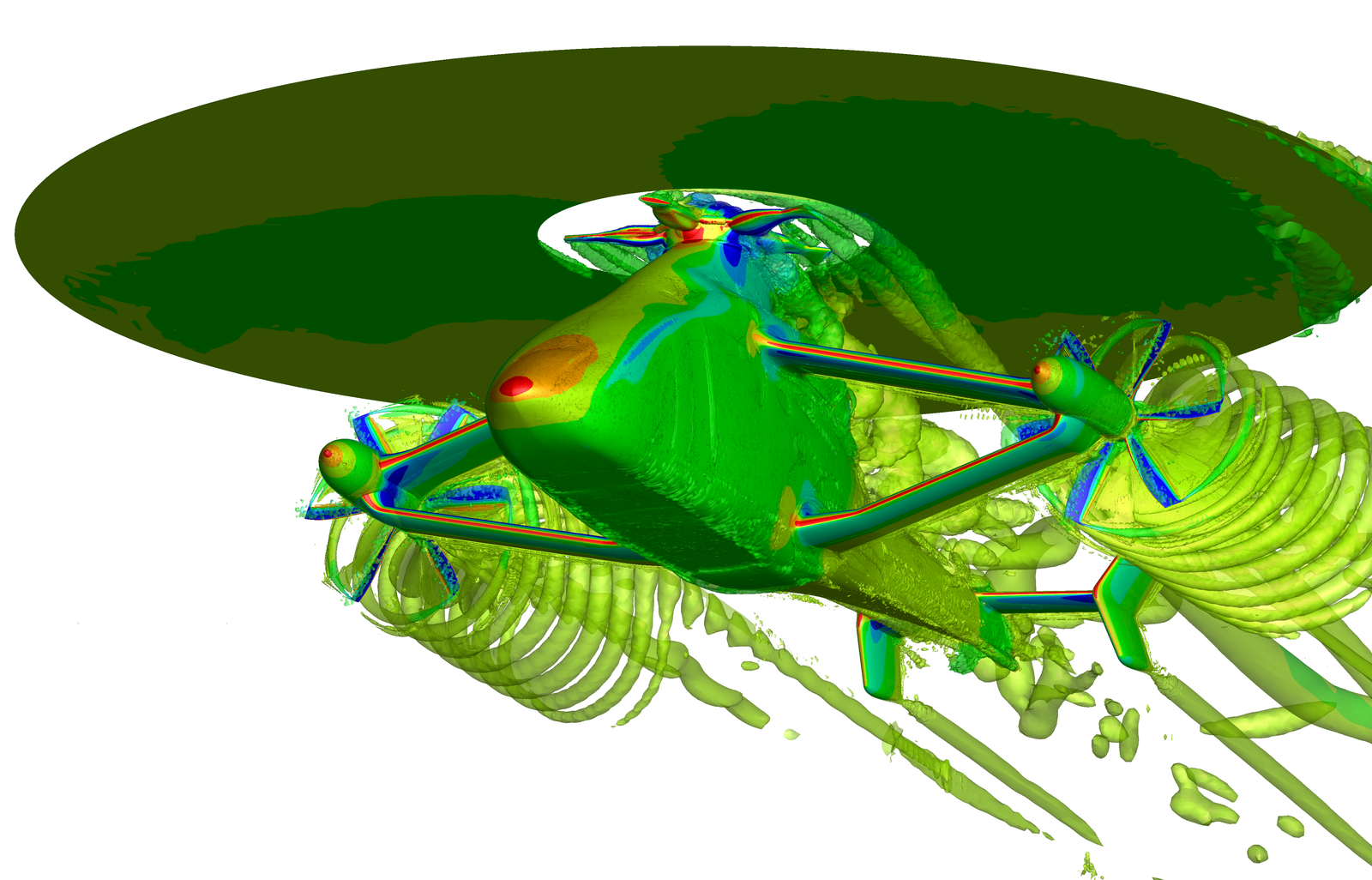Aerodynamic Design

Aerodynamc Design and Analysis
Regardless of the technological pathways that will be followed in future to develop aircraft with significantly less or no climate impact, the most important factors are reducing drag and weight, as well as increasing propulsion efficiency. The design of energyefficient aircraft configurations and components is the primary focus of our Institute’s research, based on over half a century of continuous and highly focused research activities. Our core competencies are the reduction of drag through laminar flow technologies, through wave drag reduction technologies, mitigating induced drag through high-aspect-ratio wings with load control, and the design of special wingtip shapes. We also have considerable expertise in high-lift design and engine / airframe integration. While aerodynamic analysis, design, and optimization are still the driving forces in determining aircraft and helicopter configurations, multidisciplinary aspects based on high fidelity methods are now being considered increasingly early in the design process. A key aspect in the development of simulation methods and computer models are unique validation and demonstration experiments that use both methodological areas in a synergetic way. The range of configurations covers the full spectrum of aircraft, from small and regional aircraft to medium- and long-range aircraft, which will play a key role in future climate-neutral air transport, and helicop ters, including both, crewed and uncrewed military configurations. The emergence of hybrid-electric aircraft and innovative new tech-- nologies, such as distributed propulsion or boundary layer ingestion, requires the reevaluation of configurational options to explore the associated environmental and economic potentials.
